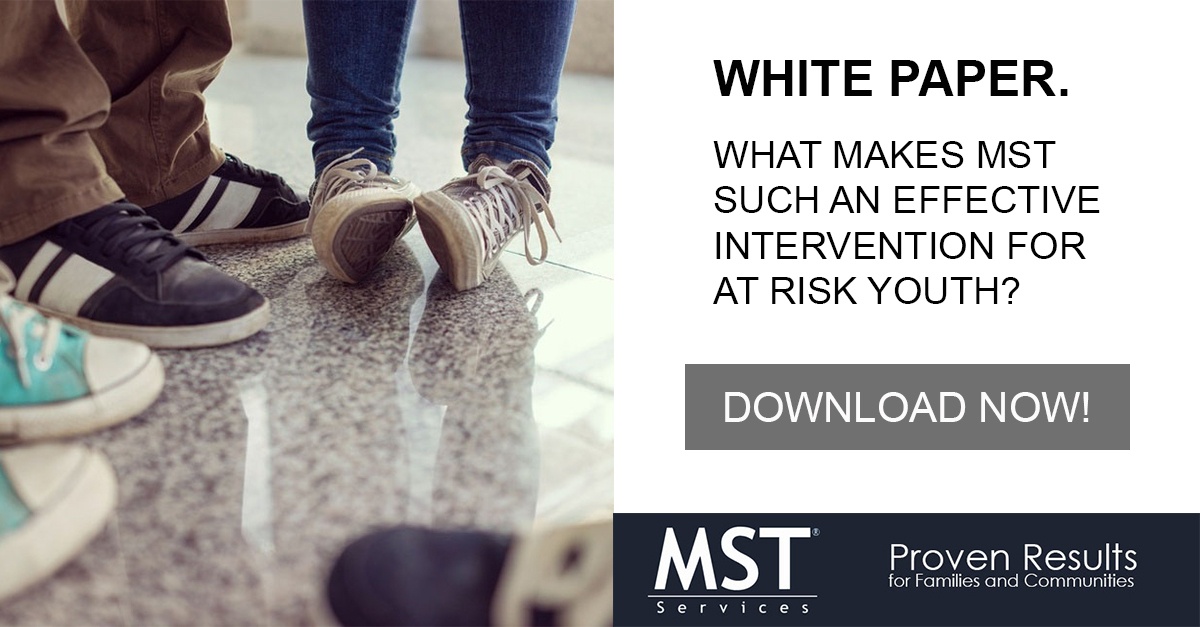
Public-figure suicide is alarming not just because of the loss of a human life. It engenders more suicide as it highlights a way out for teens that feel hopeless. Suicide rates increased 10% after the heartbreaking loss of Robin Williams, and I suspect that this trend will continue with the more recent passing of Anthony Bourdain and Kate Spade.
Suicide is one of the top three causes of death among teenagers in our community. Perhaps the most tragic aspect of this is that the pattern of suicide is preventable. Communities would benefit from a holistic approach to suicide prevention that is grounded in research science. Below are three actionable ways to prevent teen suicide in your community.
Identify High Risk Physical Environments and Erect Suicide Prevention Barriers
Studies demonstrate that the time between the decision to commit suicide and attempting to do so can be brief – less than 10 minutes. Physical barriers that make it more difficult to accomplish the task has the potential to save many, many lives.
According to the CDC: “After erecting a barrier on the Jacques-Cartier bridge in Canada, the suicide rate from jumping from the bridge decreased from about 10 suicide deaths per year to about 3 deaths per year. Moreover, the reduction in suicides by jumping was sustained [with] little to no displacement of suicides to other jumping sites. Further evidence for the effectiveness of bridge barriers was demonstrated by a study examining the impact of the removal of safety barriers from the Grafton Bridge in Auckland, New Zealand. After removal of the barrier, both the number and rate of suicide increased five-fold.”
The same rationale holds for making it more difficult to access the tools that are commonly used to take one’s life. Storing items such as guns and medication in locked locations is a practical way to make it more difficult to commit suicide – and make it more likely that a troubled teen reaches out for help. As you might imagine, research substantiates that storing guns in a locked area – away from ammunition – reduces suicide attempts in teenagers.
Train Focal Points to Identify Risk of Adolescent Suicidal Behavior
Deepening mental health services in and of itself doesn’t necessarily mean that youth who need such services will receive them. Training individuals that are focal points in the lives of teens to identify those at risk of suicide, and to facilitate treatment with a professional can go a long way towards suicide prevention. Focal points include school counselors, medical practitioners, first-responders, and teachers.
Studies indicate that implementing evidence-based training programs focused on identification of at risk teens can greatly increase unnecessary adolescent death by making it more likely that troubled youth tap into desperately needed mental health services.
Support At-Risk Youth with Access to Crisis Intervention Services they Deserve
At the hour of greatest need, it’s important that communities implement evidence-based solutions for diffusing the crisis. Services such as suicide hotlines and related instant messaging tools provide a ray of hope that there is someone out there who cares and can help. Troubled teens who connect with hotline representatives are referred to mental health practitioners, and evidence indicates that many of those seeking help follow through with visiting a mental health professional. Ultimately, emotional pain is diminished from engaging in this process.
Creating Stronger, Safer Communities
One can only imagine the sense of isolation that is felt preceding suicide. The feeling that ‘no one will care if I do this,’ or ‘there isn’t anyone to help in my time of need’ is obviously an overwhelming sensation. Studies indicate that connectedness to community and participation in positive social activities improves mental health.
Adults involved in the lives of teens would do well to encourage their teen to bond with family and friends. Feeling connected may increase self-esteem and is more likely to provide troubled teens with enhanced access to community support mechanisms designed to prevent suicide or advance mental health.
Community leaders have a responsibility to keep our communities safe. Let’s take action to stem the tide of seemingly senseless death that leads us to despair.
IF YOU ARE LOOKING FOR HELP OR WORRIED ABOUT A LOVED ONE IN CRISIS, PLEASE CALL THE NATIONAL SUICIDE PREVENTION HOTLINE AT 1-800-273-8255.
About MST
MST is a scientifically proven intervention for at-risk youth that can play a large part in suicide prevention. Therapists work in the home, school and community and are on call 24/7 to provide caregivers with the tools they need to transform the lives of troubled youth.
MST-Psychiatric (MST-PSYCH) is an adaptation of standard MST that may be used after an active crisis is stabilized, often by acute hospitalization. Youth treated are at risk for out-of-home placement due to serious behavioral problems and mental health symptoms such as depression, anxiety, and impulsivity.

